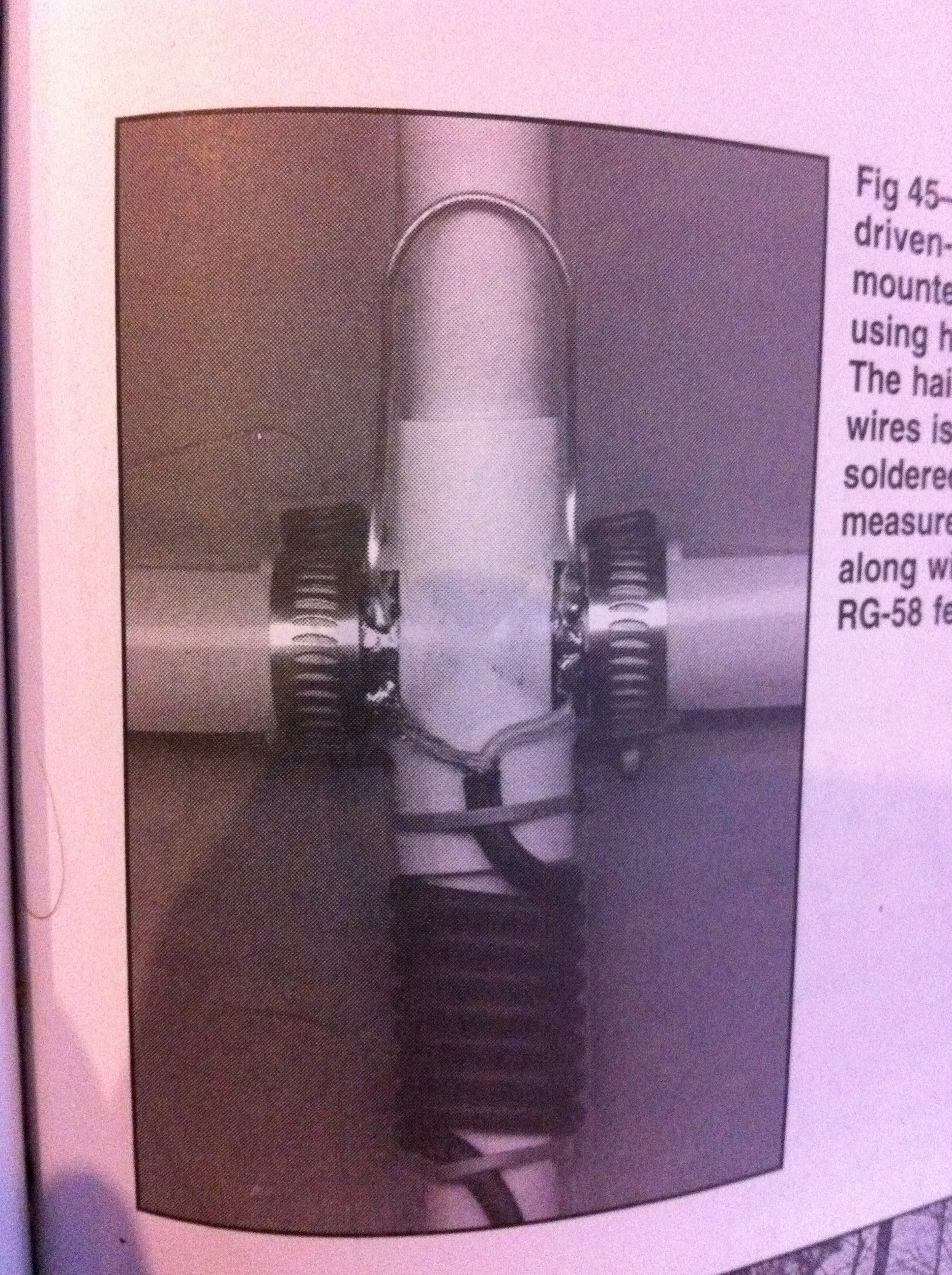Did some updating to the visual appearance of the Radio subdomain. Also changed around the Weather page a little bit, added some photos to the page about My Shack, and a couple of other small things. Check it out.
Category Archives: Amateur Radio - Page 6
APRS
Finally, I’ve gotten my APRS stations coordinated. I have a weather station transmitting via TCP/IP APRS, my iPhone portable station transmitting via TCP/IP APRS, and my mobile station transmitting via RF (using a TinyTrak4 by Byonics).
APRS works by sending a digital packet of information, via RF, to a receiving station (anyone can have a receiving station at their house with a receiver, computer, and Internet service), and then that station (referred to as an iGate) sends the information to the APRS servers via the Internet. The default 2-meter frequency used is 144.3900MHz, and so as you’re out driving (for example), you set your transceiver to 144.390, turn on your APRS TNC (in my case, a TinyTrak4), and it does the rest.
There are also “digipeaters” that listen for your packets and repeat them again, so they may be passed to an iGate, to be uploaded to the Internet APRS servers. I have my TinyTrak4 set up as a digipeater to repeat any path requests with “TEMP” or “SAR” in them. That means if my station hears another station with “TEMP” or “SAR” programmed in, it will repeat it for them. I do this because “TEMP” is used for temporary situations, such as Field Day or perhaps emergency or other situations, and “SAR” is used for search and rescue operations. If I participate in such events, I’m already set up to be of assistance by helping to get their packets out to an iGate, which can upload them to the Internet APRS servers.
There’s lots of reading out there on APRS; just go to Google and type in APRS Amateur Radio!
3-element Tape Measure Yagi
I’ve been wanting to build an antenna for radio direction finding (RDF) for a long time. I finally got the motivation to build one, so here are a couple pictures of the design from the ARRL Antenna Book. For pictures and more explanation from my build, check out the Projects Page.
Here is the design schematic.

Here is the matching section where the coax connects to the driven element.

It was a lot of fun to build and very easy to do. I recommend it for anyone interested in RDF or who needs a portable yagi for anything (including satellite work)!
To view more about the project, check out the specific Project page, called Tape Measure Yagi.
January ARRL VHF Sweepstakes
Don’t forget about the VHF Sweeps coming up this weekend!
VHF Sweepstakes
From the ARRL’s Contest Website:
To work as many amateur stations in as many different 2 degrees x 1 degree grid squares as possible using authorized frequencies above 50 MHz. Foreign stations work W/VE amateurs only.
Begins 1900 UTC Saturday, ends 0359 UTC Monday (January 22-24, 2011). On all authorized frequencies above 50 MHz (6 Meters).
Single Operator, High Power:
1500 Watts PEP or the maximum allowable power level established by the national licensing authority of your country, whichever is lower.
Single Operator, Low Power:
50 MHz and 144 MHz–200 W PEP.
222 MHz and 432 MHz–100 W PEP.
902 MHz and above–10 W PEP.
Single Operator Portable:
Ten (10) W PEP output or less.
Portable power source.
Portable equipment and antennas.
Multioperator:
1500 Watts PEP or the maximum allowable power level established by the national licensing authority of your country, whichever is lower.
Limited Multioperator:
1500 Watts PEP or the maximum allowable power level established by the national licensing authority of your country, whichever is lower.
Rover:
1500 Watts PEP or the maximum allowable power level established by the national licensing authority of your country, whichever is lower.
Limited Rover:
50 MHz and 144 MHz–200 W PEP.
222 MHz and 432 MHz–100 W PEP.
902 MHz and above–10 W PEP.
Unlimited Rover:
1500 Watts PEP or the maximum allowable power level established by the national licensing authority of your country, whichever is lower.
Certificates will be awarded in the following categories:
Single Operator: – Top Single Operator in each ARRL/RAC Section for high and low power.
– Top Single Operator on each band (50, 144, 222, 432, 902, 1296 and 2304-and-up categories) in each ARRL/RAC Section where significant effort or competition is evident. (Note: Since the highest score per band will be the award winner for that band, an entrant may win a certificate with additional single-band endorsements.) For example, if KA1RWY has the highest single-operator all-band score in the CT Section and her 50- and 222-MHz scores are higher than any other CT single operator
